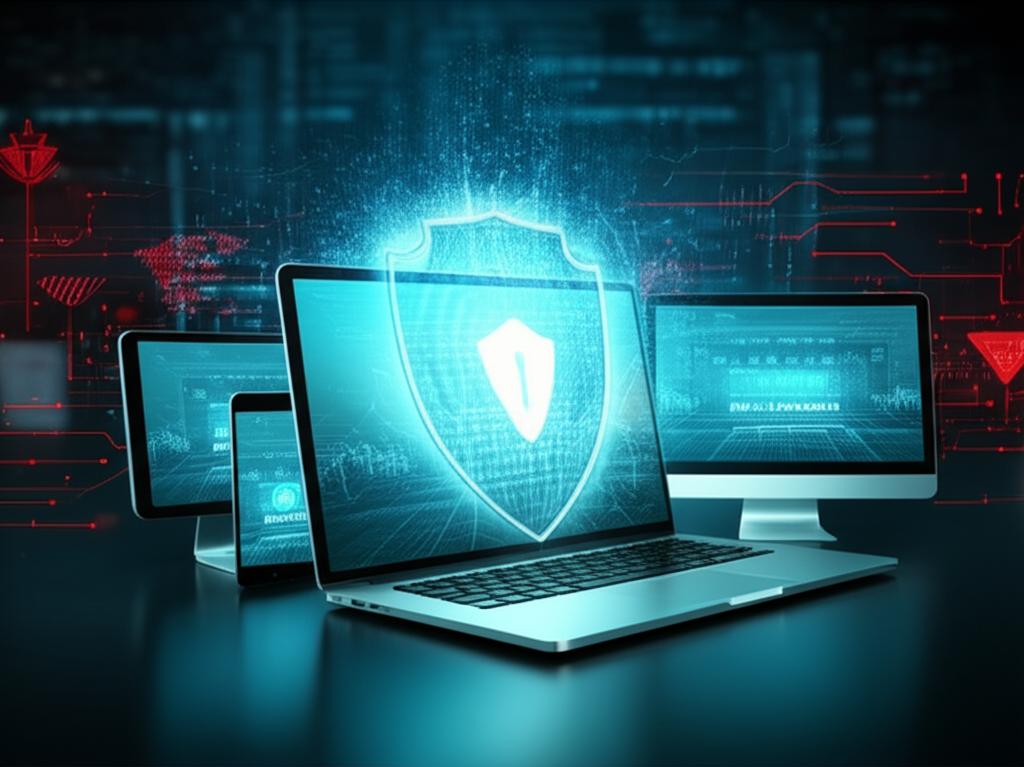Ultimate Guide: Fortifying Your Digital Frontier with Endpoint Protection
What is Endpoint Protection? Your Essential Digital Shield
In today’s interconnected world, every device that connects to a network—from laptops and desktops to smartphones, tablets, and servers—represents a potential entry point for cyber threats. These devices are known as ‘endpoints,’ and securing them is paramount to an organization’s overall cybersecurity posture. This is precisely where Endpoint Protection comes into play, acting as your crucial first line of defense.
Endpoint Protection refers to the practice of securing these end-user devices against cyber threats. It’s a comprehensive approach that moves beyond traditional antivirus software, employing advanced technologies to detect, prevent, and respond to sophisticated attacks at the device level before they can compromise your network or data.
The Evolving Threat Landscape
The nature of cyber threats has evolved dramatically. Simple viruses have given way to complex ransomware, phishing attacks, zero-day exploits, fileless malware, and advanced persistent threats (APTs). Traditional, signature-based antivirus solutions often struggle to keep pace with these rapidly changing attack vectors. Modern Endpoint Protection addresses this by utilizing a multi-layered strategy.
Key Components of Modern Endpoint Protection
A robust Endpoint Protection platform typically integrates several critical functionalities to provide comprehensive security:
- Anti-malware and Antivirus: The foundational layer, detecting and removing known malicious software using signature-based and heuristic analysis.
- Endpoint Detection and Response (EDR): Advanced capabilities to continuously monitor endpoint activity, collect telemetry data, detect suspicious behaviors, and enable rapid response to incidents. This is a cornerstone of modern endpoint protection.
- Next-Generation Antivirus (NGAV): Utilizes machine learning, AI, and behavioral analysis to detect unknown and fileless threats that traditional antivirus might miss.
- Firewall: Controls incoming and outgoing network traffic on the endpoint, blocking unauthorized access.
- Application Control: Restricts which applications can run on an endpoint, preventing unauthorized or malicious software from executing.
- Device Control: Manages access to peripheral devices like USB drives, preventing data exfiltration or malware introduction.
- Data Encryption: Protects sensitive data stored on the endpoint, rendering it unreadable if the device is lost or stolen.
- Vulnerability Management: Identifies and helps patch software vulnerabilities on endpoints that attackers could exploit.
- Web Filtering/URL Filtering: Prevents access to malicious websites and phishing links.
Why is Robust Endpoint Protection Crucial Today?
The shift to remote work, the proliferation of personal devices (BYOD), and the increasing sophistication of cybercriminals have made Endpoint Protection more critical than ever:
- Remote Workforce Security: Employees accessing corporate resources from various locations on diverse devices require robust endpoint protection to secure these dispersed access points.
- Ransomware Prevention: A strong endpoint solution can detect and block ransomware attacks before they encrypt critical data and demand payment.
- Data Breach Prevention: By securing individual devices, organizations significantly reduce the risk of data breaches that can lead to financial losses, reputational damage, and regulatory penalties.
- Compliance Requirements: Many industry regulations (e.g., GDPR, HIPAA, PCI DSS) mandate strong security controls for all devices handling sensitive data.
- Supply Chain Security: Securing every endpoint within your organization helps protect the broader digital ecosystem you operate within.
“An endpoint is not just a device; it’s a portal. Securing that portal is the first, last, and continuous battle in cybersecurity.”
Choosing the Right Endpoint Protection Solution
Selecting an effective endpoint protection platform requires careful consideration:
- Coverage: Does it protect all types of endpoints in your environment (Windows, macOS, Linux, mobile)?
- Threat Detection Capabilities: Does it offer NGAV, EDR, and behavioral analysis to combat advanced threats?
- Ease of Management: Is the management console intuitive? Does it offer centralized control and reporting?
- Scalability: Can it grow with your organization’s needs?
- Integration: Does it integrate with other security tools (e.g., SIEM, firewalls)?
- Vendor Reputation and Support: Choose a reputable vendor with strong customer support.
Conclusion: Your Proactive Stance Against Cyber Threats
Endpoint Protection is no longer an option but a mandatory component of a comprehensive cybersecurity strategy. By implementing a modern, multi-layered endpoint protection platform, organizations can proactively defend against the ever-evolving landscape of cyber threats, safeguard their critical assets, and ensure business continuity. Investing in robust endpoint security is investing in the future resilience of your digital operations.







